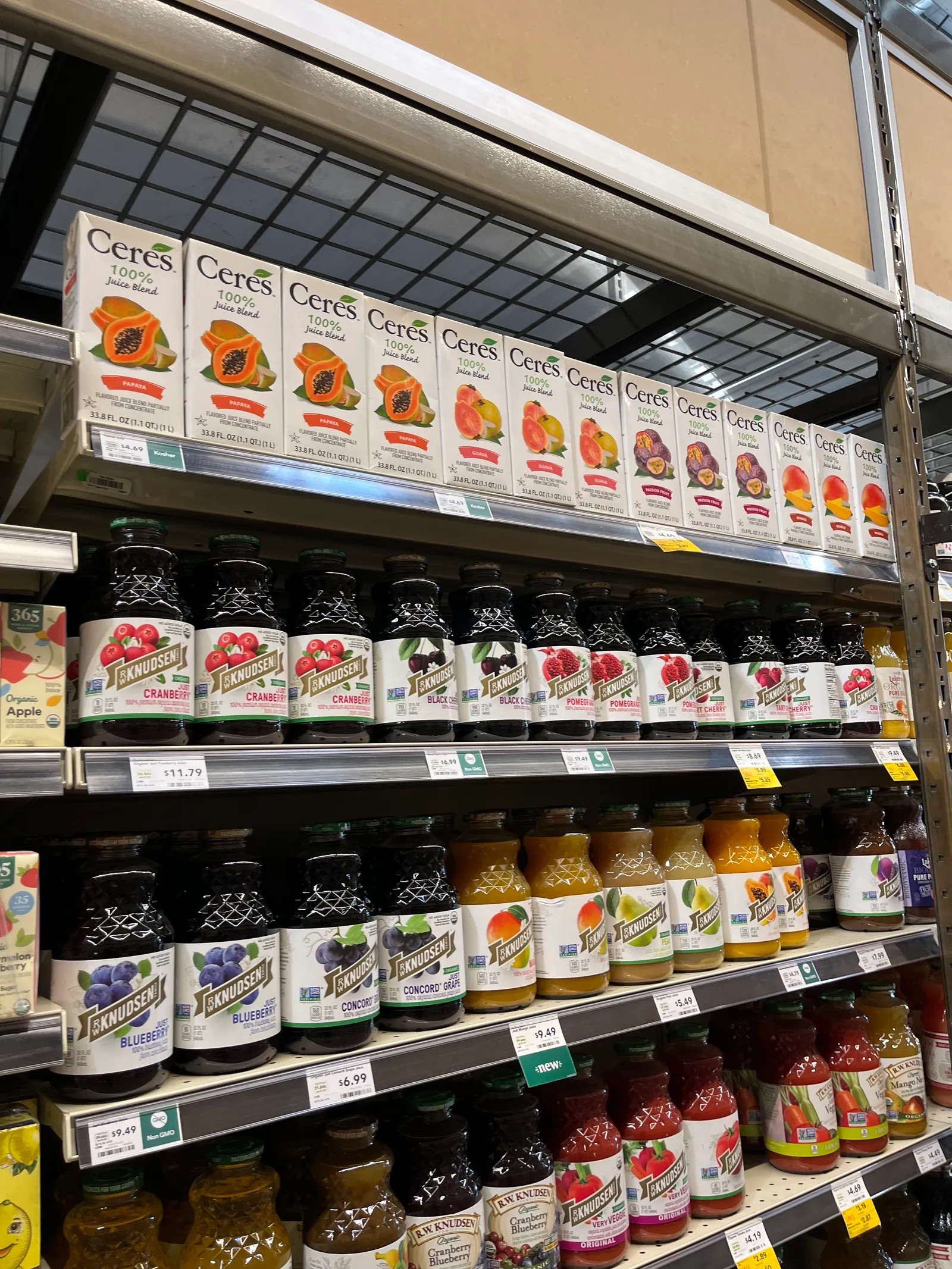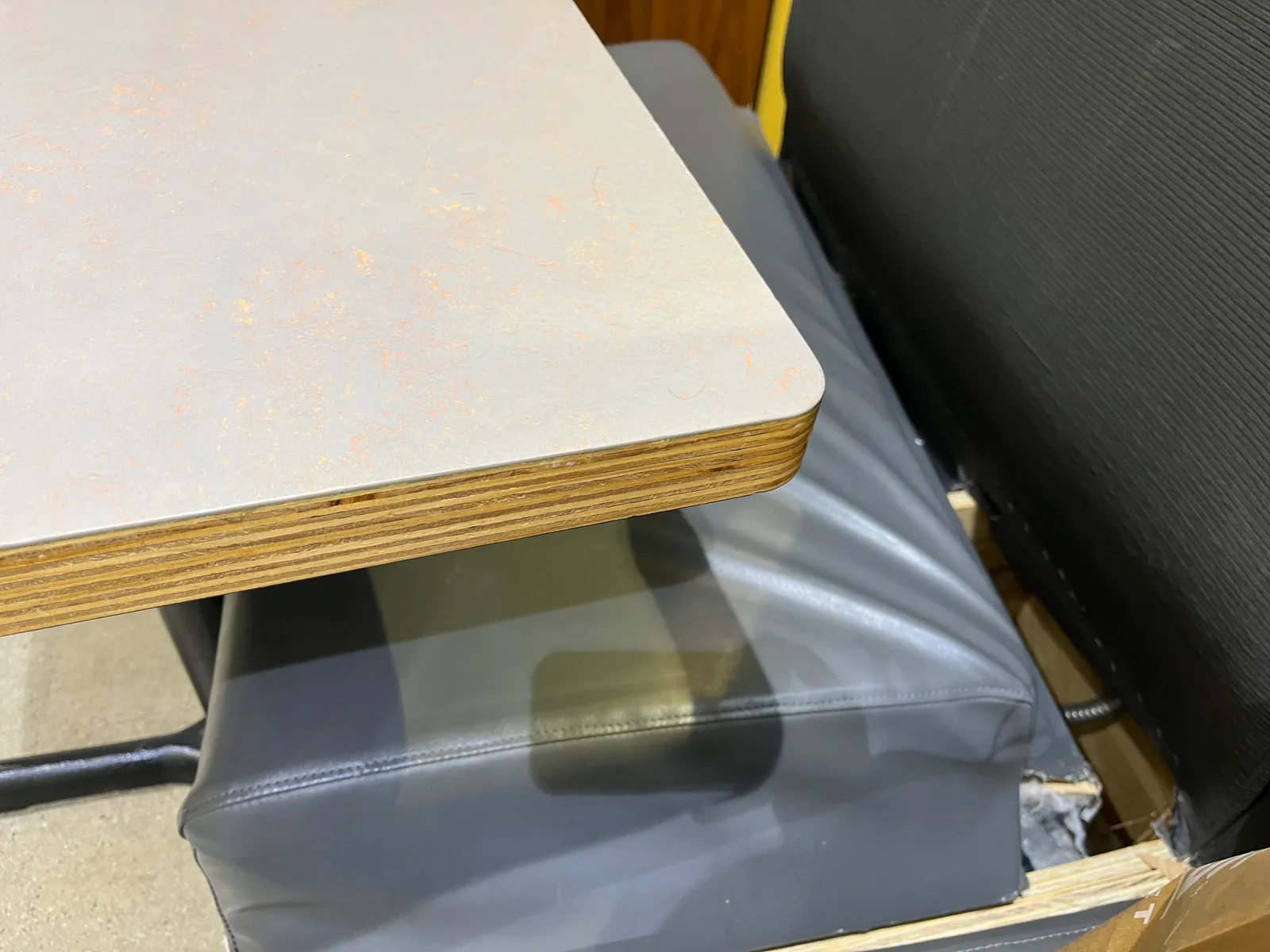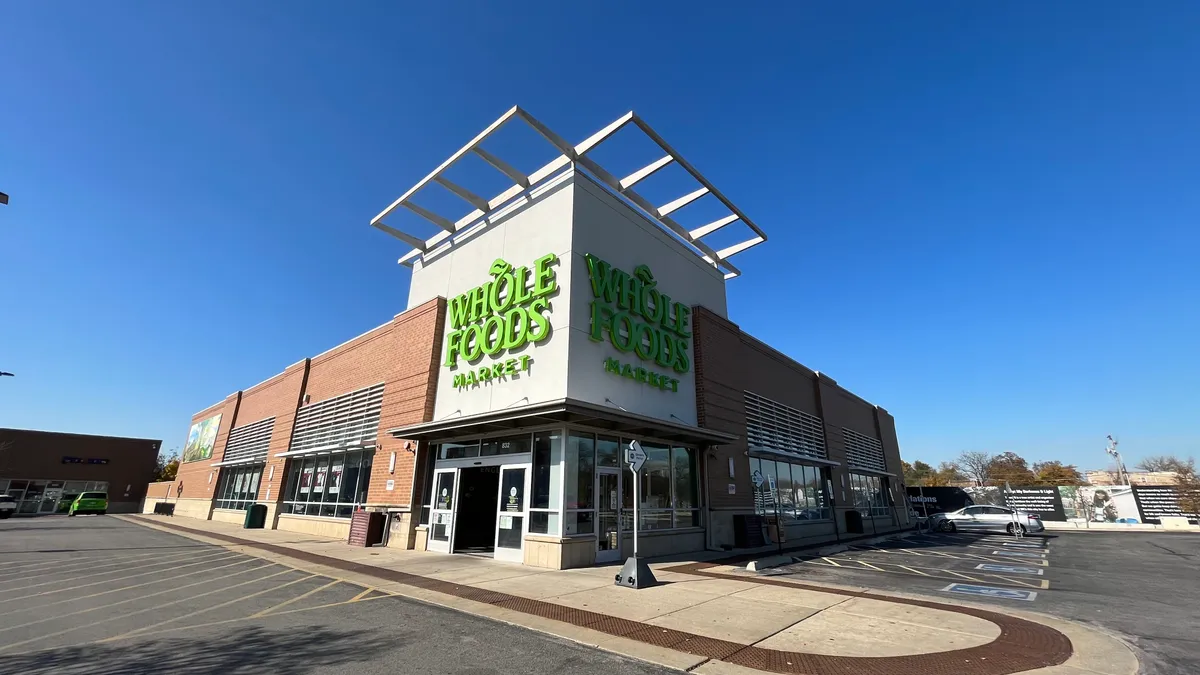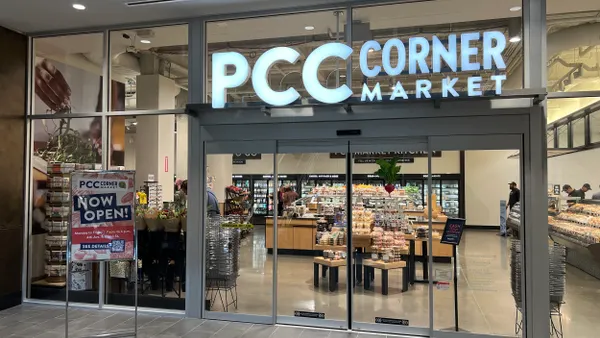Whole Foods Market was more than a grocery store for the community in the Englewood neighborhood on Chicago’s South Side.
When the specialty grocer arrived with much fanfare and pride six years ago as the anchor tenant of the Englewood Square retail development, it was touted as an expected game changer for one of the city’s most economically challenged neighborhoods. At the groundbreaking, then-co-CEO of Whole Foods Walter Robb reportedly said the store would be “one of the most meaningful things we’ve done as a company.”
By mid-2017, the Englewood store was one of four stores in impoverished neighborhoods out of the chain’s fleet of more than 460 U.S. locations at the time.
Fast forward a few years later: The store closed in late 2022 — sparking backlash from city officials and community leaders. Whole Foods has remained taciturn about the exit, which was announced along with five other store closures.
"As we continue to position Whole Foods Market for long-term success, we regularly evaluate the performance and growth potential of each of our stores, and we have made the difficult decision to close six stores," a Whole Foods spokesperson told Bloomberg at the time the plans were announced. A spokesperson for Whole Foods declined to provide further information to Grocery Dive about why the Englewood store closed.
Whole Foods’ presence in Englewood — and the supermarket’s closure — were felt deeply by locals who worked at and shopped at the store, sources told Grocery Dive. In its wake, sources say questions remain about why Whole Foods left.
For some, the closure is a reminder of large grocery chains that have put down roots in low-income communities of color just to leave a few years, or even months, later. Under the larger, looming question of how to solve disparities in access to affordable and healthy foods, here’s what grocers can learn from Whole Foods’ operation and closing of the Englewood location.
Whole Foods confirmed to Grocery Dive it worked “closely” with the landlord to find the next tenant for the spot, which, until late 2027, must have a full-service grocer, per an agreement between the developer and the city. Last week, local news reports said a Save A Lot sign recently appeared at the vacant space, further upsetting residents who advocated against it becoming a Save A Lot.
Examine fit
The Englewood store, at 832 W. 63rd St., was a departure from Whole Foods’ pattern of popping up near affluent areas. Chicago Mayor Lori Lightfoot has called the Whole Foods Englewood store an “interesting experiment” under former Mayor Rahm Emanuel, claiming that Emanuel supported a grocer that was too expensive for the neighborhood and that not enough residents shopped at, per local media reports.
Chicago 20th Ward Alderwoman Jeanette Taylor, who represents a neighboring area, said the store generated a “lot of buzz” when it first opened. Yet over the years, the grocery chain weathered comments and queries about whether it was the right fit for the area.
Whole Foods’ gamble with opening stores in impoverished areas resembles efforts by grocers to embrace experimentation, like Target’s work on different store formats or Fareway’s small-store pilot in rural Iowa. Experimentation can backfire, though, especially when it impacts a community that already has less access to food.

For communities with few or no grocery options, determining if a grocer could be the right fit and tailoring the store toward locals’ needs and shopping behaviors could help avoid future fallout and tee a grocer up for success.
Price and selection were two big issues Whole Foods faced in Englewood, according to a survey of more than 300 Englewood residents this summer by Teamwork Englewood, said Brianna Hobbs, health and wellness program manager at the community-focused nonprofit. The store wasn’t conducive to doing a full grocery shop with its limited assortment — likely due to its smaller size of 18,000 square feet, Hobbs noted. Whole Foods typically seeks retail locations that range from 25,000 to 50,000 square feet, according to its website.
Taylor has heard complaints about how expensive the store’s products were.
Instead of a national chain, Taylor said a local one could be better attuned to locals’ needs: “I would like for us to have a grocer who is from Chicago. I want us to grow our own grocers. I'm tired of big box. … I want to see us build a cohort of grocery store owners that look like us to reflect our community.”
Support the community
Whole Foods’ initial years in Englewood demonstrated a commitment to the community, sources noted. The store hosted social gatherings and provided an in-store meeting room that people could use for events such as “5 After 5” events — five wine pairings at $5 a glass including tax starting at 5 p.m.
“It was almost like a big community party. … The community really enjoyed it and people really came out,” Hobbs said.
Hobbs also highlighted that the store showcased Black-owned businesses and local products. In an effort to make its assortment more affordable, Whole Foods initially made roughly 30 items, such as milk, bread, eggs and some produce, less expensive at the Englewood store compared to its other locations in the city, according to the Chicago Tribune.
The grocery chain hired a community liaison for the store — a job it posted a year before arriving in Englewood. That kind of position can potentially help strengthen ties between a company and the local community it’s working with, researchers have noted.
Whole Foods also supported the Englewood Community Kitchens at the Primo Center, creating a community space for the Greater Englewood community to partake in cooking demos and classes, as well as hold meetings.
Support goes both ways, Taylor said, noting that if Whole Foods was facing financial duress with the store, the company should have sought community help and input.
“[You] work with the community to say, ‘Hey, we need more sales. We're not making enough money even to pay the employees that work here,’” Taylor shared as a hypothetical conversation starter. “It's the reason why things don't work, because we're not talking to each other. We're not working with each other.”
Address the impact of leaving
Whole Foods’ closure isn’t stopping people in Englewood from getting groceries. There’s an Aldi and a Go Green Community Fresh Market roughly equidistant from the former store. But it has still impacted food access for people in the area.
“[Locals] would prefer not having to drive outside of their own communities to get healthy food options, but you know, they're doing what they have to do and it's been a huge disappointment,” Hobbs said about Whole Foods’ closure.
Whole Foods received widespread condemnation from residents and state and local politicians, including the city’s current mayor, for leaving Englewood, with the grocer’s public relations strategy fueling some criticism.

The timing of two announcements also worsened the sting of the closure. Just days before Amazon revealed plans to close the Englewood location as one of six Whole Foods locations getting shuttered, Whole Foods highlighted its newly opened store in a brand new high-rise straddling Chicago’s wealthy River North and Gold Coast areas, noting the new store’s design was “inspired by the historic homes, storefronts and gourmet restaurants of the surrounding neighborhoods with elements like elegant arches, recycled handmade tiles and glazed brick.”
Near North Side, the neighborhood with the River North store, is more affluent than Englewood and Chicago overall
By pulling out of a predominantly Black neighborhood at the same time as it announced an opening in a predominantly White, affluent area, the company provided an unflattering narrative that media seized upon.
As one headline summed it up: “As Whole Foods Prepares to Leave Englewood, Company Plans to Open New River North Store.”

Prioritizing local hiring was one of the major takeaways from the Teamwork Englewood survey for what residents said they want the next grocer to focus on, Hobbs said.
Whole Foods, which hired about 40 of its 100 employees from Englewood when it opened the store, offered all eligible workers at the store the ability to transfer to positions at other Whole Foods locations, the company spokesperson said. Workers who did not accept transfer positions were offered severance.
Whole Foods’ nearby South Side stores in Hyde Park and Evergreen Park are roughly 16- and 22-minute drives, respectively, from the now-closed store.
Speculation still swirls as to why the grocer left Englewood.
Stephanie Coleman, the alderman for the area Whole Foods was located in, held a community town hall in the fall about the upcoming store closure, but the grocery chain didn’t attend, leaving questions that went unanswered, Hobbs said. At that meeting, neighbors and community leaders stressed the need for accountability with grocery operators and also expressed a desire for a local business to fill the space, Block Club Chicago noted. Coleman did not respond to media inquiries from Grocery Dive.
Similar concerns about transparency have plagued other grocers, such as Aldi when it abruptly left Auburn Gresham, another South Side neighborhood, last June.
Black-owned Yellow Banana, which operates dozens of grocery stores under the Save A Lot banner, took over Whole Foods’ Englewood lease in December to open a supermarket at the site, Yellow Banana co-owner Michael Nance told Block Club Chicago. The company plans to enlist South Side businesses to run the hot bar, bakery, coffee bar and juice bar at the grocery store, Nance told the publication, noting that Yellow Banana will “engage with the community” to meet locals’ needs. It’s unclear when the store will open.
Hobbs said she would tell whoever occupies the space: “Come into the community humbly wanting to learn, showing us your commitment, because the community residents really want someone that’s committed to being in the community and uplifting and supporting us.”
Hobbs continued: “We don’t need someone to come in for a few years and then leave again and then we have to start this process all over.”












